THE FUN OF FICTIONAL ANIMALS
 I've always loved animals. If a time comes when I don't have them in my life, I feel a big void. I love my cats most, I think, especially now that I've developed a small allergy to dogs and can't have them around long. But you've seen lots of photos of my cats, so I'll talk about the others.
I've always loved animals. If a time comes when I don't have them in my life, I feel a big void. I love my cats most, I think, especially now that I've developed a small allergy to dogs and can't have them around long. But you've seen lots of photos of my cats, so I'll talk about the others.It's true, most of my animals have been the usual dog-cat- fish variety (rodents always bite me, so I prefer to avoid them). But I've had this romantic fantasy attachment for horses all my life.
I wanted a horse so badly when I was a kid. Never mind that Mom was deathly allergic to them. He wouldn't have to come home with me. I could keep him in a stable, and I'd go every afternoon after school and feed him and clean out his stall and. . .
Too expensive, Dad said, and besides the horse stuff would get on your clothes and make your mom sick.
But maybe a pony? They don't eat as much. Knights, cowboys, and Indians all had horses. Why couldn't I? Poor M
 om. It's a good thing we didn't know about Lilliputians then, or I would've been talking getting rid of the lawnmower.
om. It's a good thing we didn't know about Lilliputians then, or I would've been talking getting rid of the lawnmower.So I guess it's no surprise that I put a lot of animals in my stories. They're often the heroine's confidant, or the child's best friend. And sometimes they serve other purposes. I love them in my historicals, and I've discovered they're even more fun in paranormals.
In LADY WICKED, my heroine observes the hero's odd ability to attract strays of all kinds, and can't ever say no to them. He's a fish, she thinks, because he'll fall for any line. And she thinks to herself, any day now he'll be bringing home a three-legged fox hound. Well, no fox hound. But at the end of the book she goes out and finds a funny-looking sheep dog with a tail like a wide-sweeping broom, and a grin so wide it super-charges her rear end to wagging so hard, she loses her balance. She hasn't quite got the hang of the tripod stance yet, you see. And Daisy is Davina's gift to the hero, who she finally understands isn't a sucker for every flawed creature in the universe. He's a man with a heart as big as the world, who happens to love her most. Daisy will fit right in.
Daisy was a therapeutic dog, a little like my Muttsy in the photo with Lily the Weimaraner and Jack the Poodle, before such ideas became popular. But all my animals, I think, are therapeutic in my stories.
I've had a lot of fun with the animals in the story I've just finished, FAERIE. It's a very paranormal medieval. Which means the dogs and horses also get in on the paranormal fun.
There are evil creatures, too, like the giant black snake somewhat like a Cobra. We all know ther
 e are no such snakes in England. So when my heroine keeps insisting it attacked her then disappeared when the hero showed up, it only adds to his notion that she's a bit dafty. But it's really a demon. They just don't know it.
e are no such snakes in England. So when my heroine keeps insisting it attacked her then disappeared when the hero showed up, it only adds to his notion that she's a bit dafty. But it's really a demon. They just don't know it.The hero has a horse named Tonerre, which means Thunder in Norman French (thanks to a friend who got a Master's degree in Medieval French!). He's a great gray warhorse, fierce in battle, with the agility of a young palfrey. And naturally he's trained to the hero' whistle commands. He doesn't have any particular paranormal talents, but he gets a few experiences he might rather forget.
 I'm sure if he's thinking about it, he'd really rather be in the middle of a melee.
I'm sure if he's thinking about it, he'd really rather be in the middle of a melee.And there's a dog again, Ilse. She would be the ancestor of the Irish Wolfhound, but her personality clearly came from my beloved Weimaraner, Lily. Huge and shaggy, friendly yet immensely protective.
Ilse is owned by the Black Earl of Northunberland, Robert de Mowbray, but she follows a different master, and Robert lets her have her way. She's the gift of the Faerie Herzeloyde, the heroine's mother, who has been missing since the heroine was a baby. Yet Ilse seems to have been assigned the task of finding and protecting the heroine. And that's just the beginning of her special abilities. You see, although Faeries can't fly in my Faerie world-- well, I'm probably giving too much away.
In my Regency Vampire story, DAMNED AND DANGEROUS, there's a little yappy dog, Duki, which means black dog in Cornish (I found that out myself). Duki is white and brown. My heroine is deathly afraid of all dogs, and has no memory of why. But to her horror, a mysterious huge black dog enters her room every night and plops down before the door. He's always gone in the morning, and there are no black dogs even in the neighborhood.
Speaking of black dogs, there are the black dogs of the moors that appear in two of my books. They're as big as calves, and their glowing red eyes, or some say yellow, are huge and round. If the unwary traveler comes upon them on a moonless night and sees their glowing eyes, their paws pound the earth like the thunder of galloping horses and their howls shriek like the wind as they run him to ground. And in the morning, there's not a trace of the hapless man to be found. . .

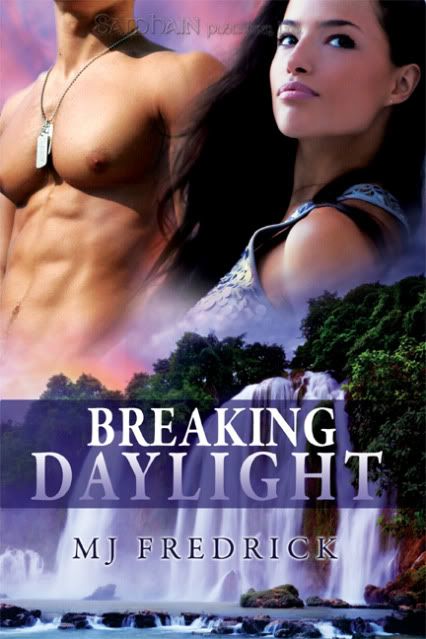
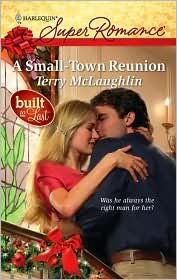
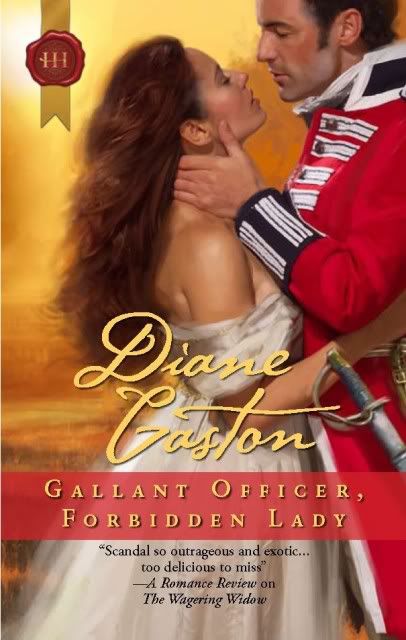
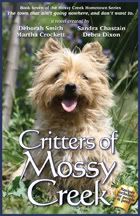


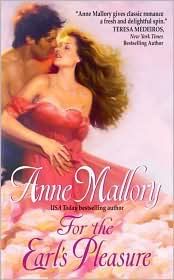

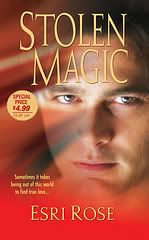
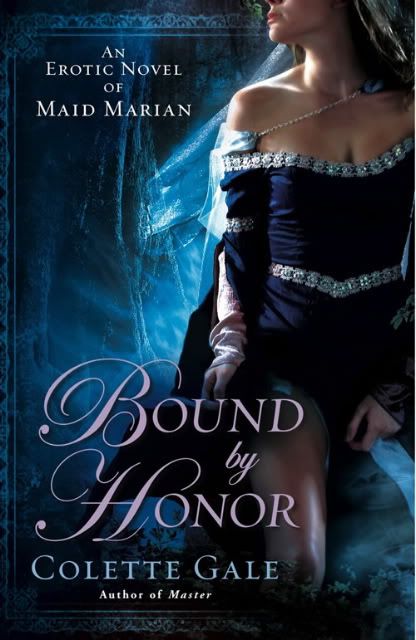
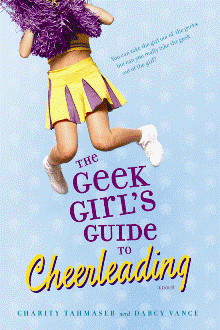
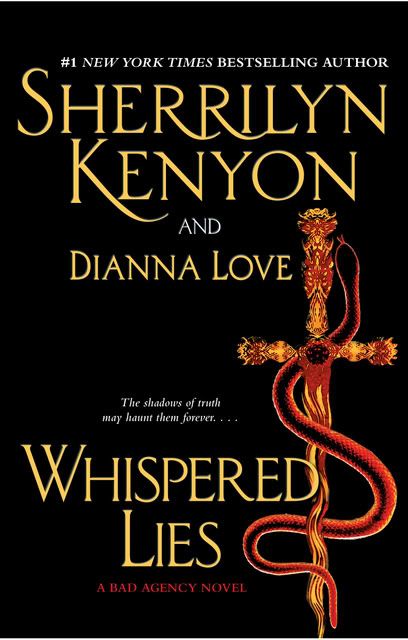
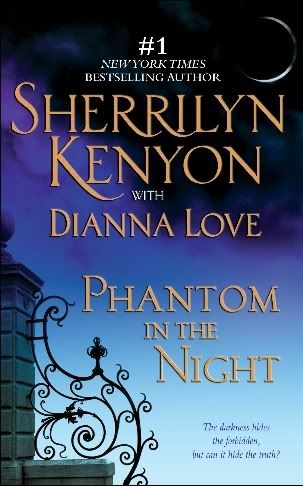

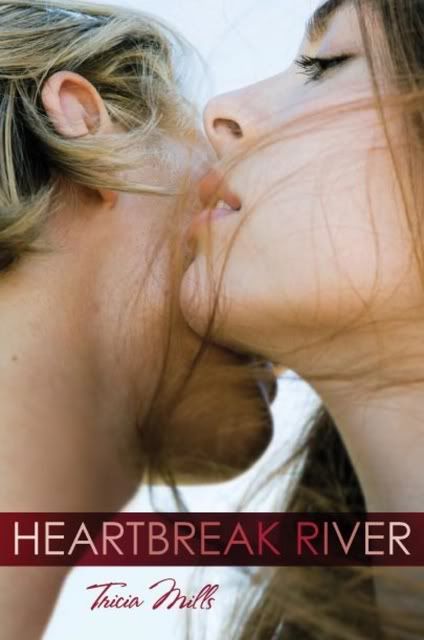


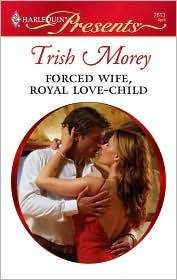
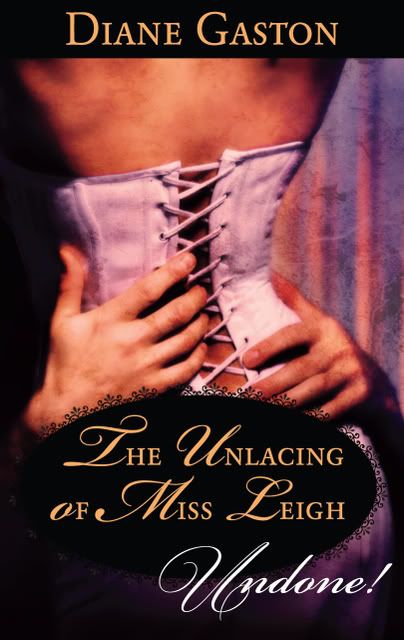




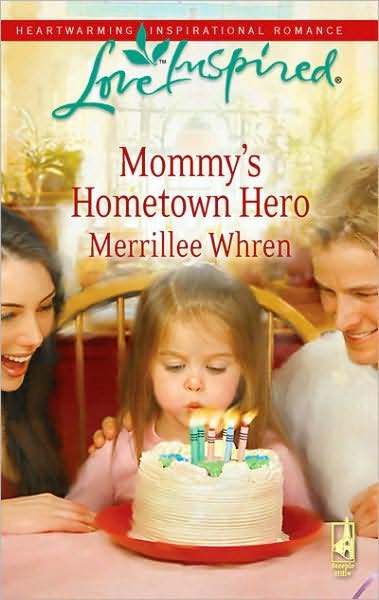
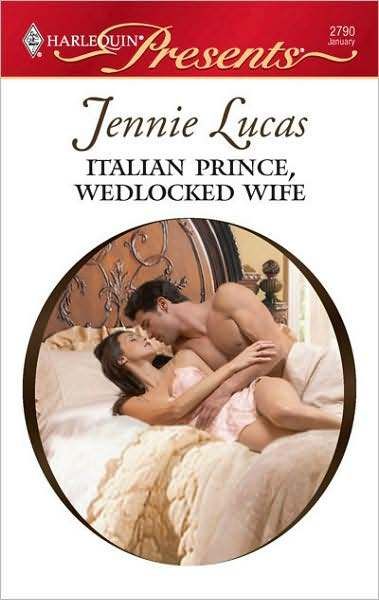
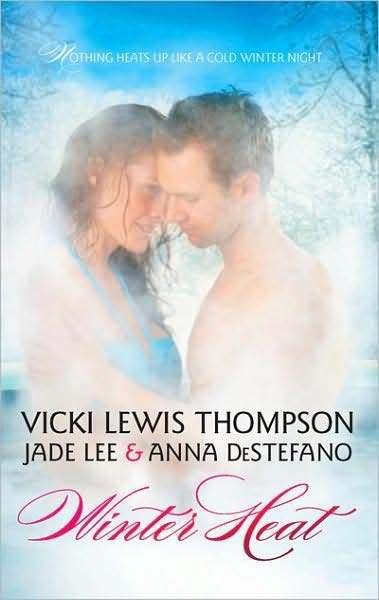
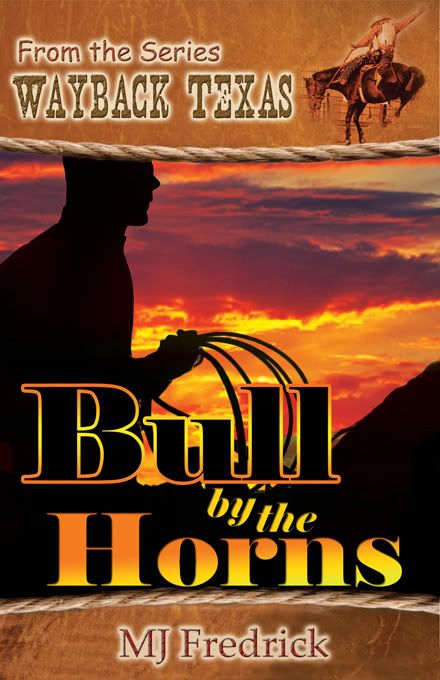
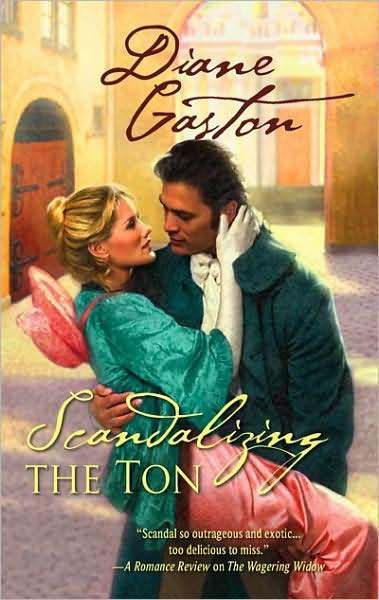
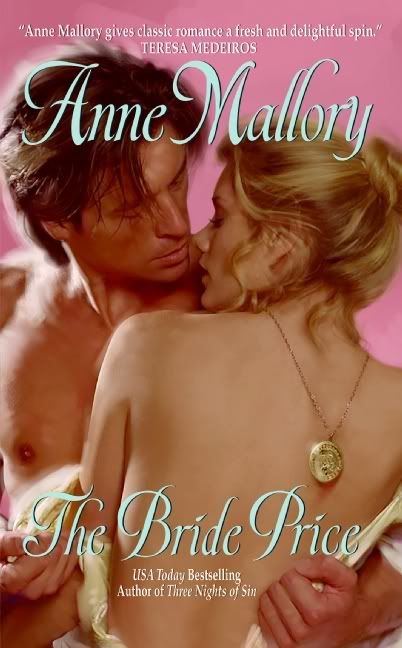
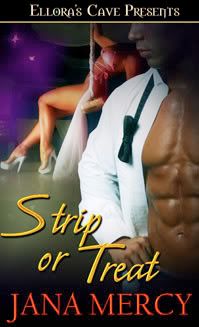
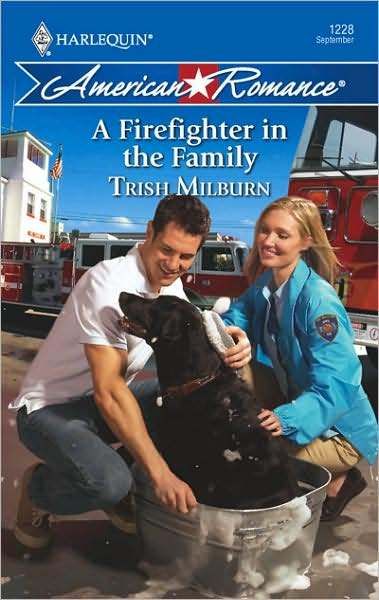
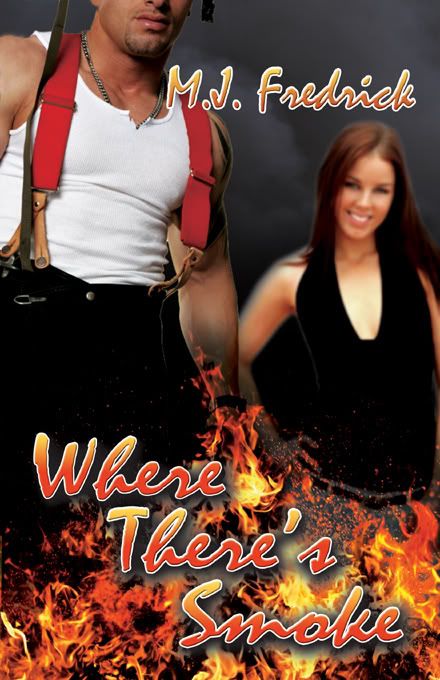
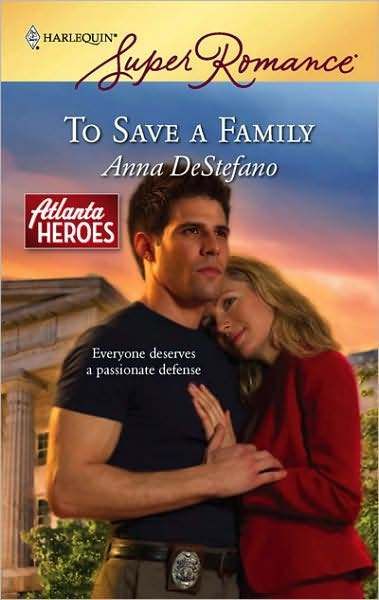


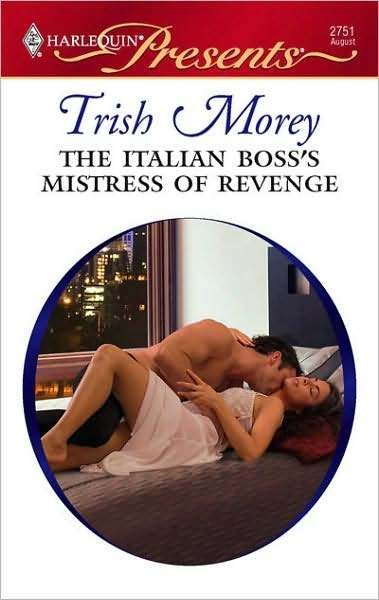
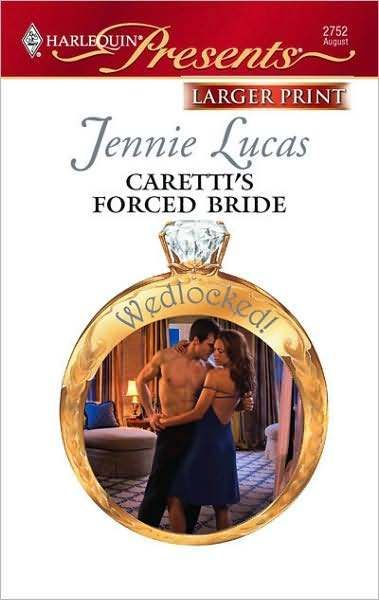



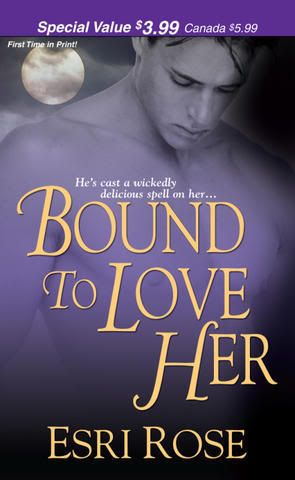

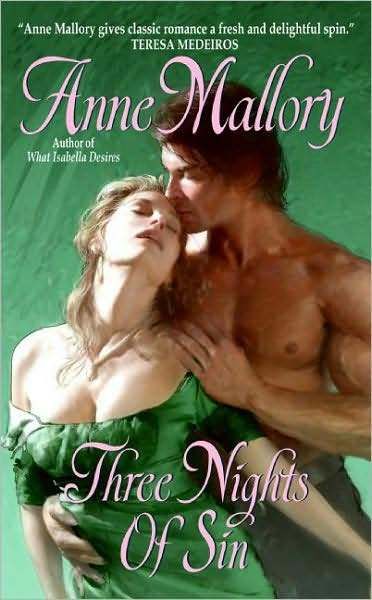
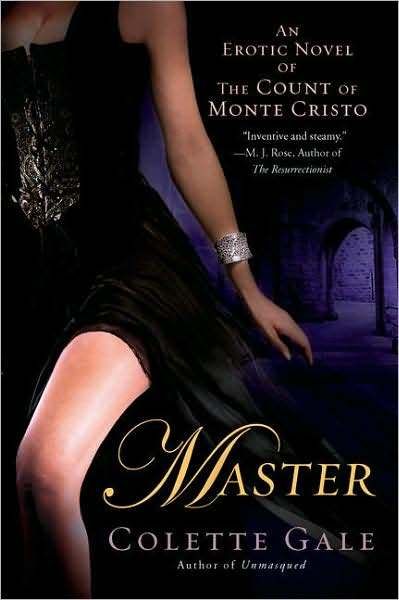





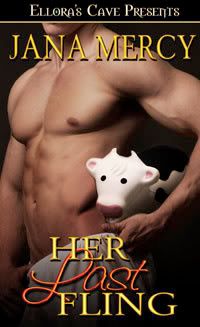
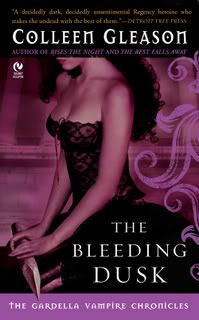
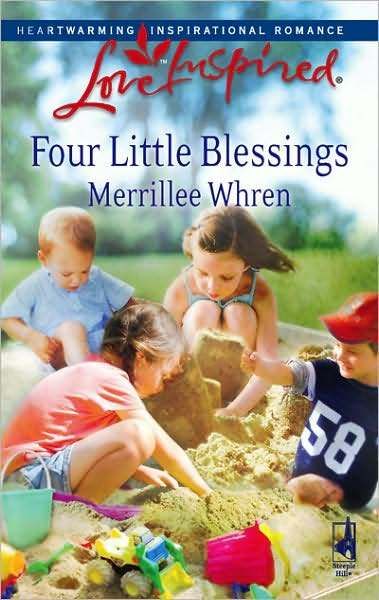

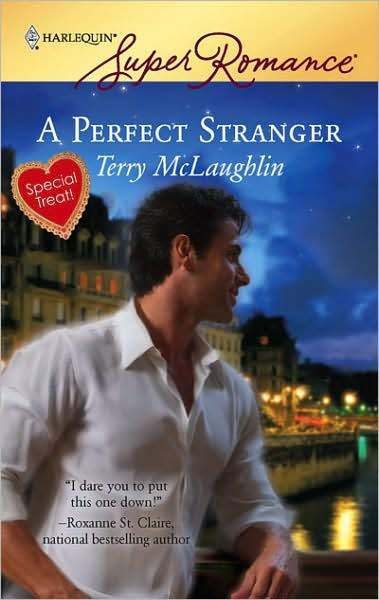


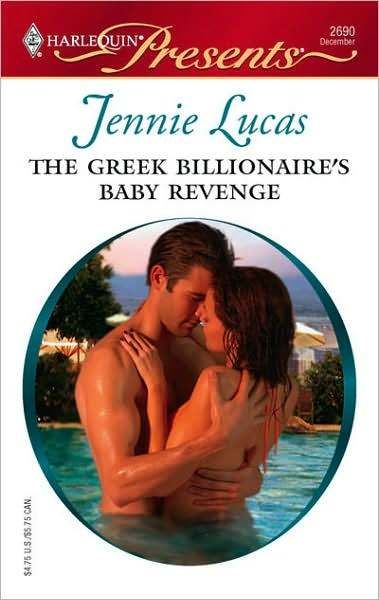

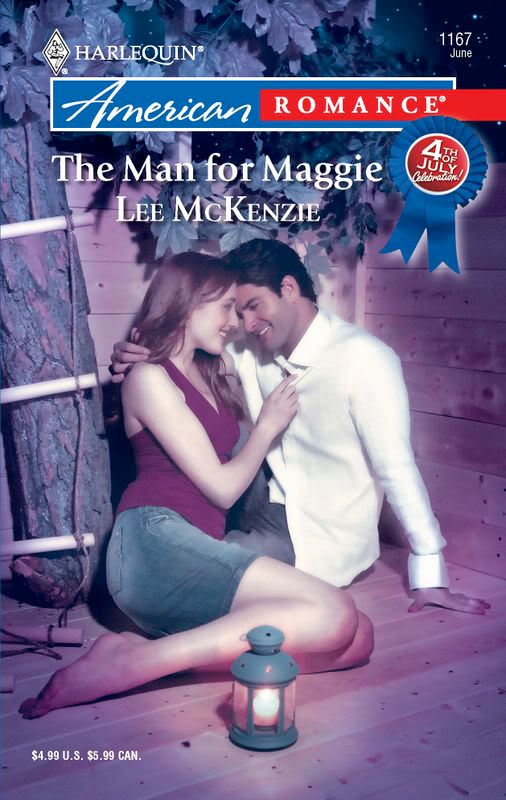
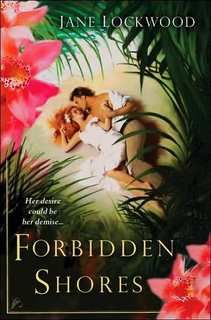

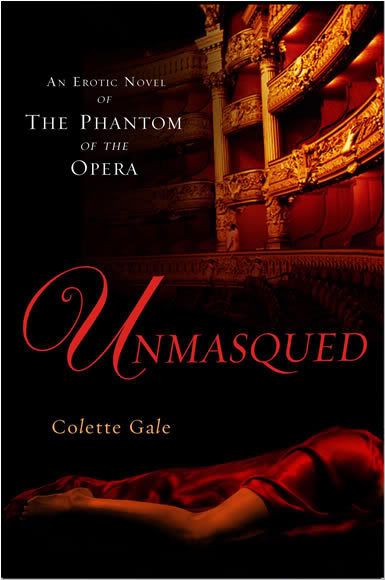
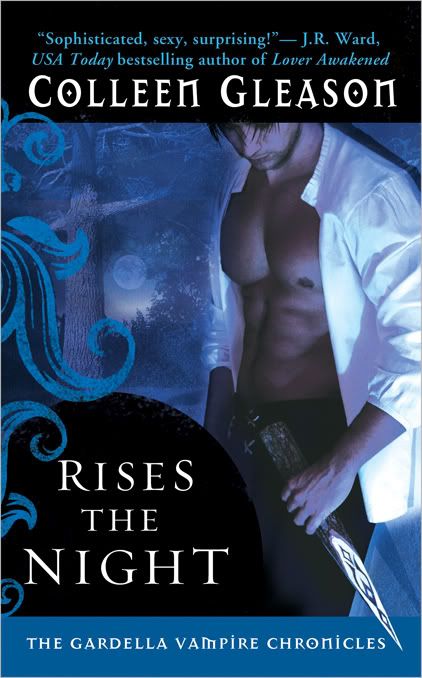
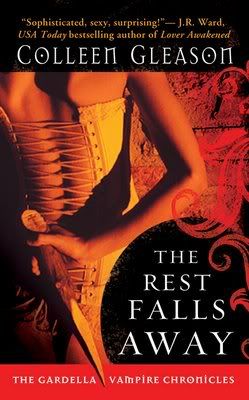
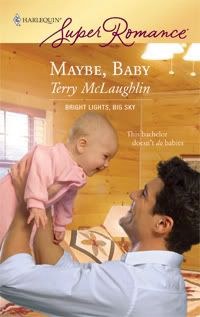
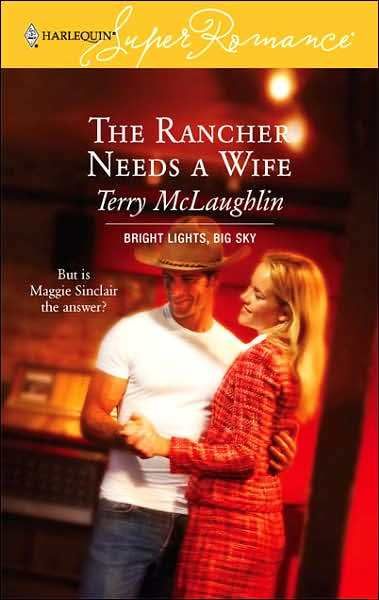
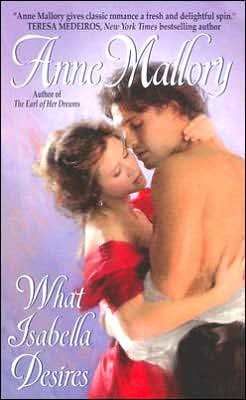
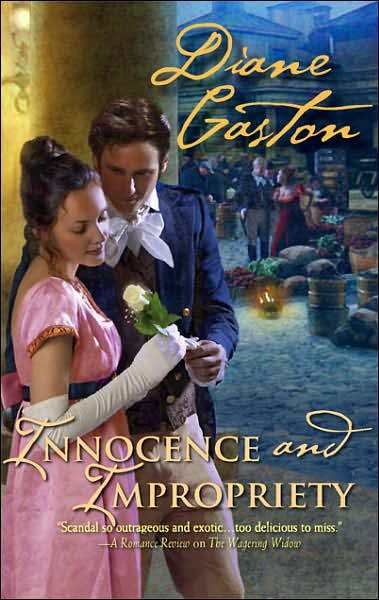
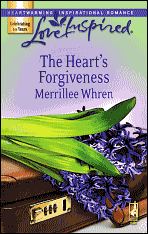
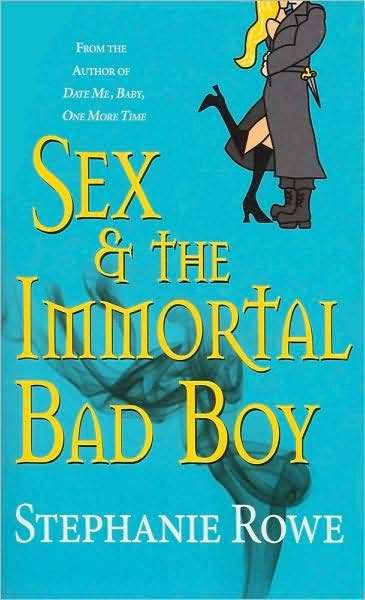
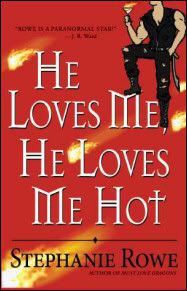
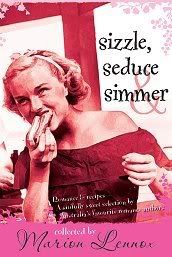
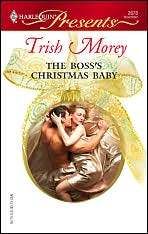
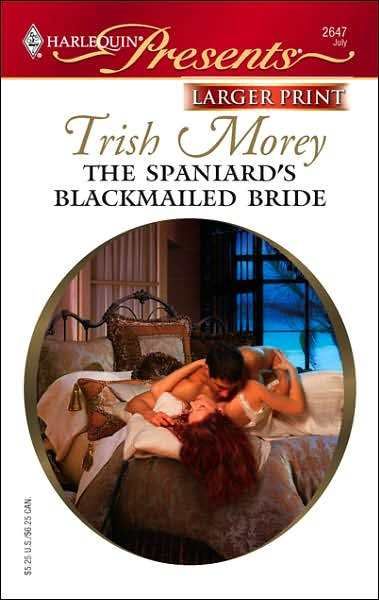
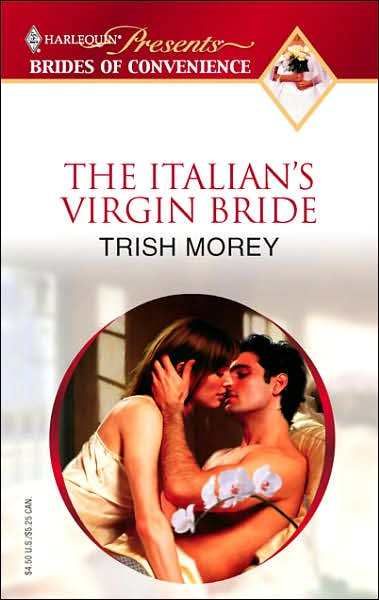
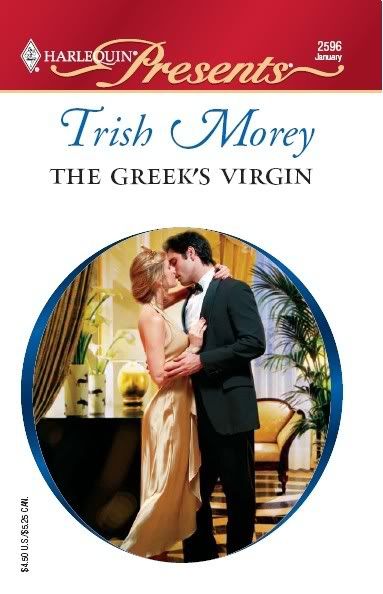

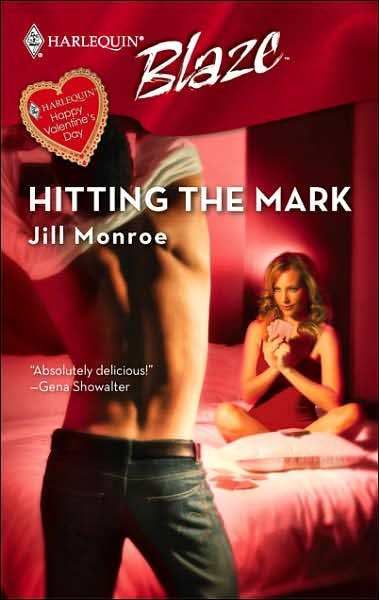
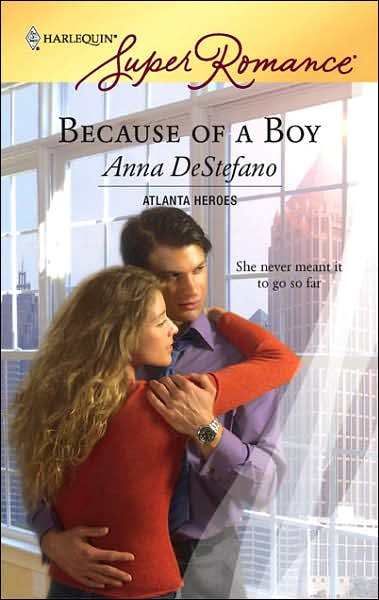
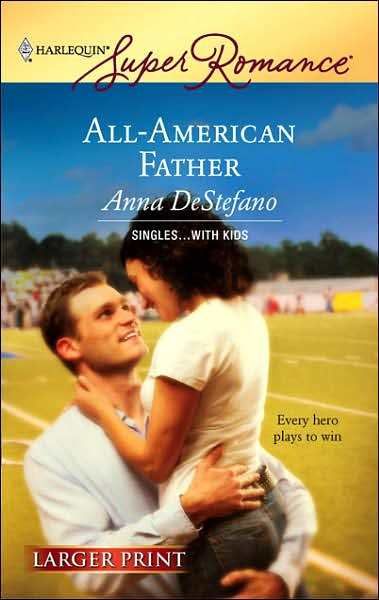
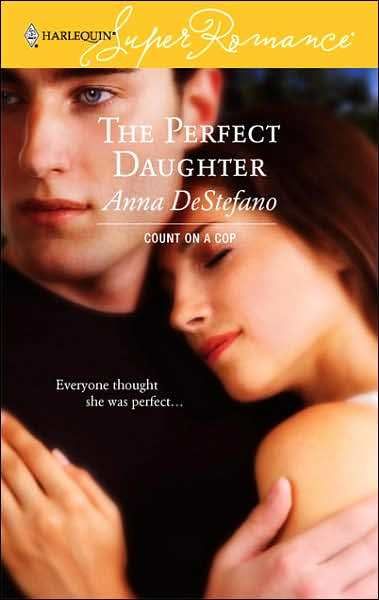
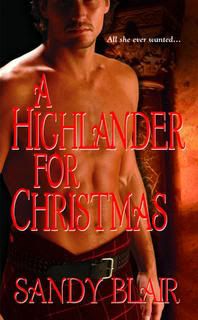
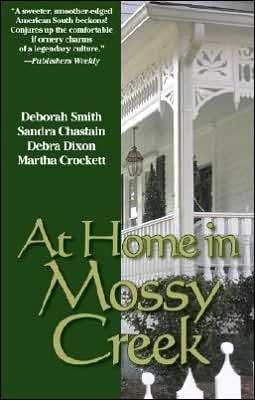
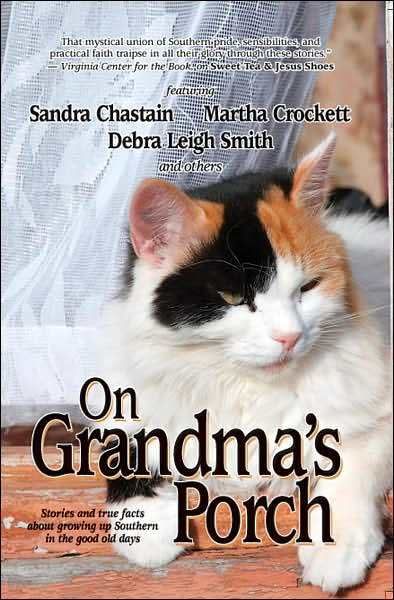
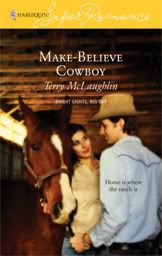

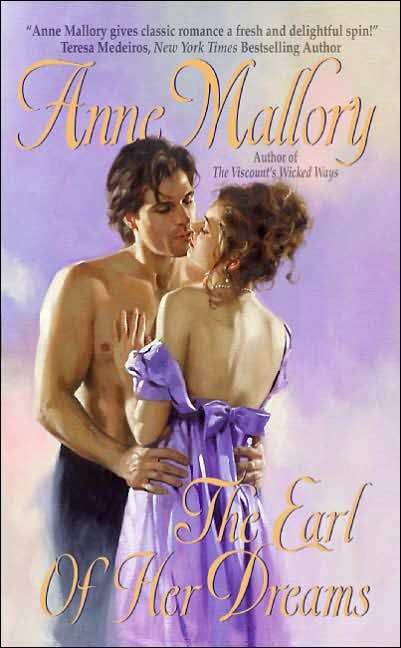
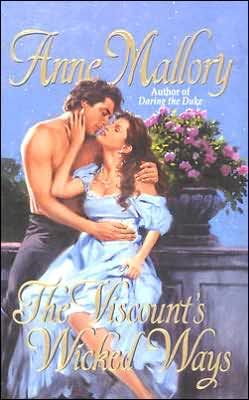
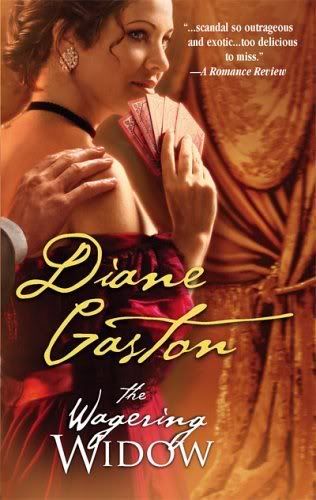
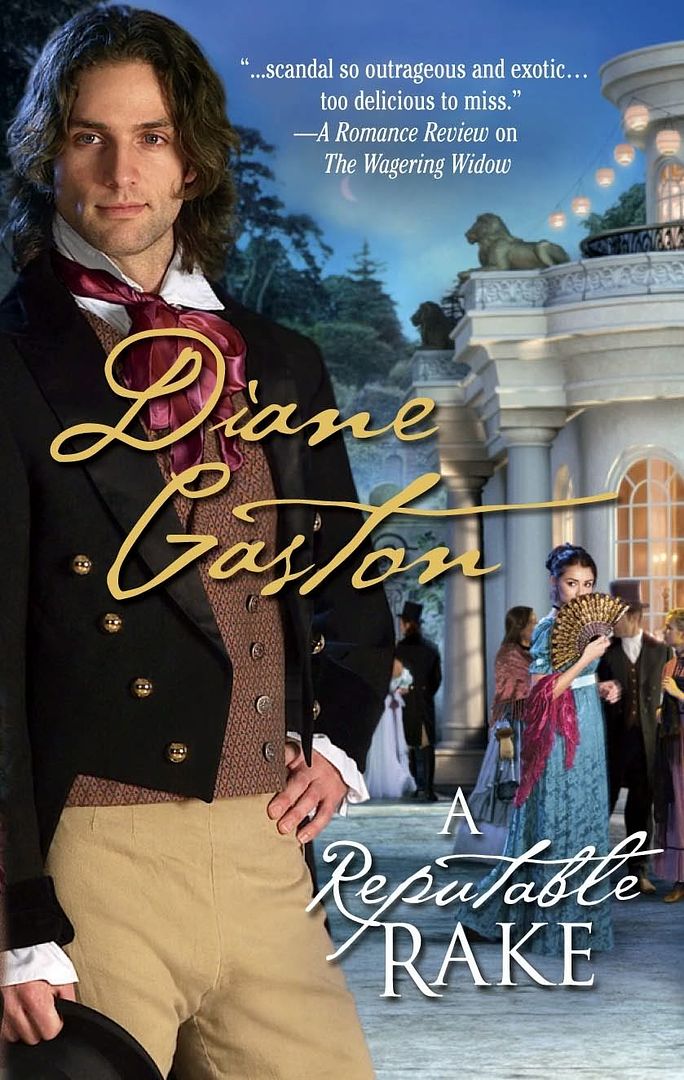
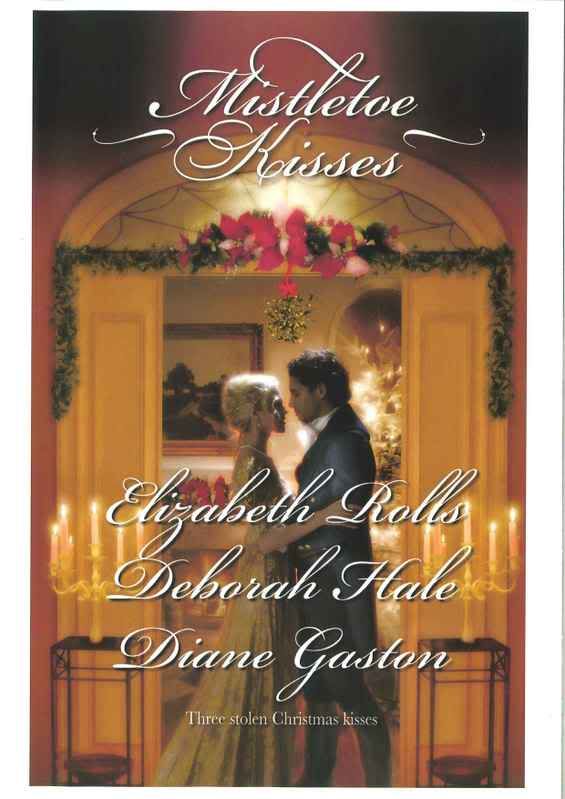
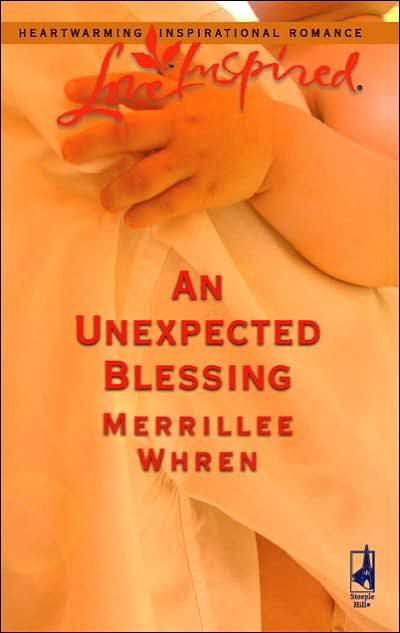

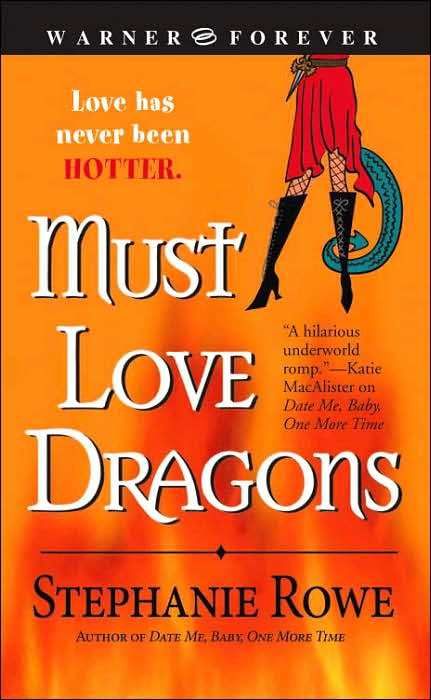
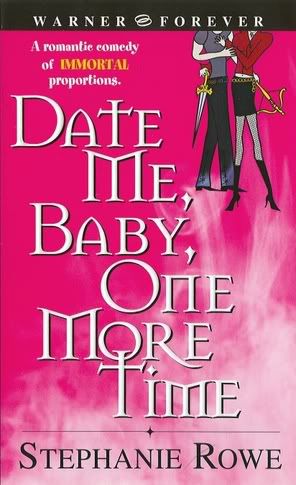
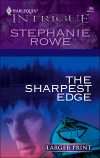
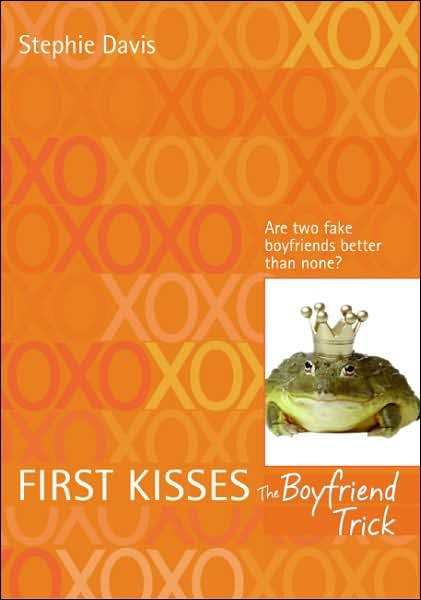
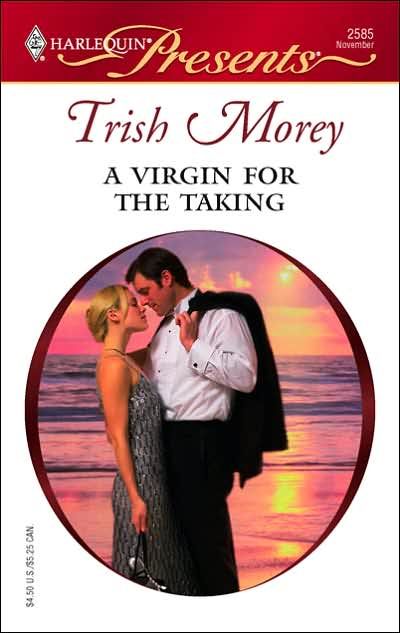
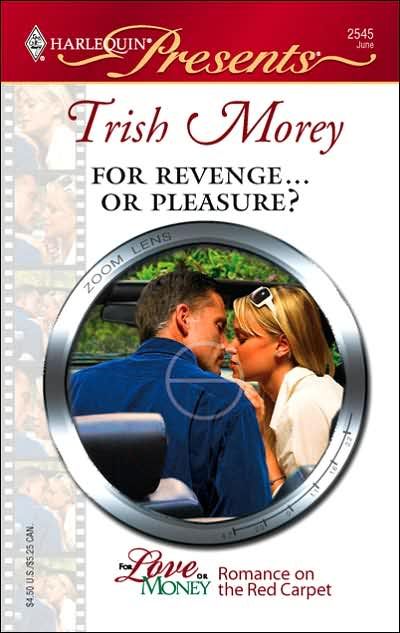
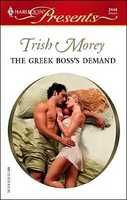



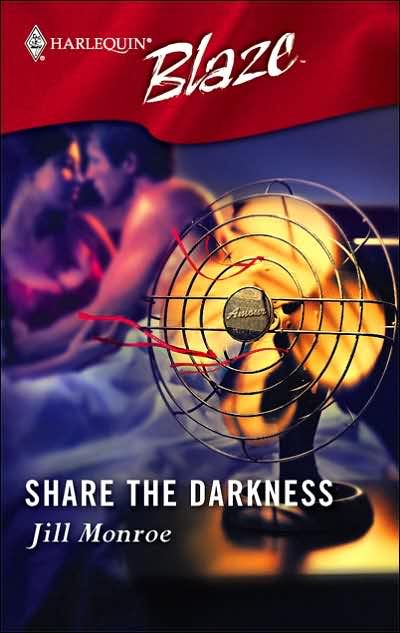

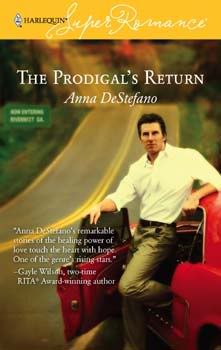


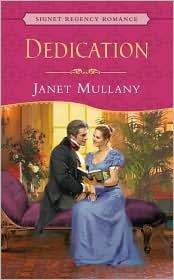
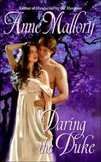
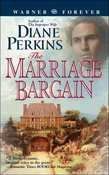
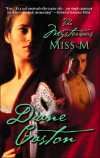

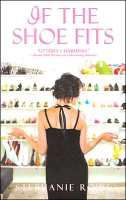

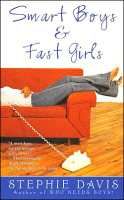


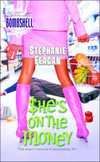
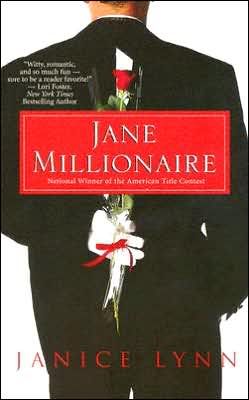



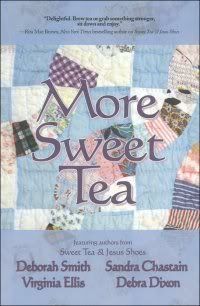
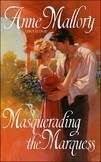
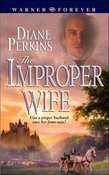
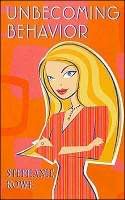
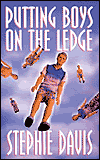
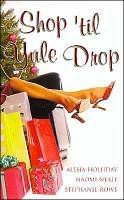
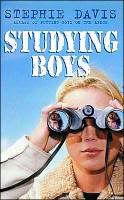
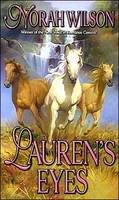
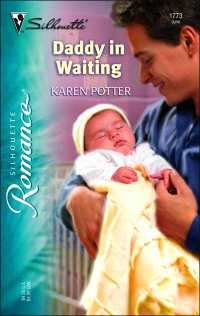
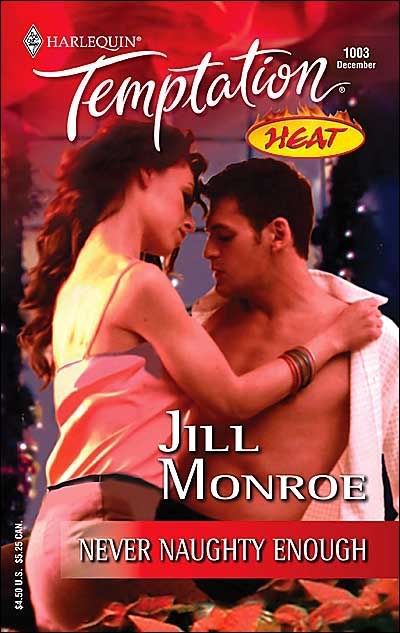





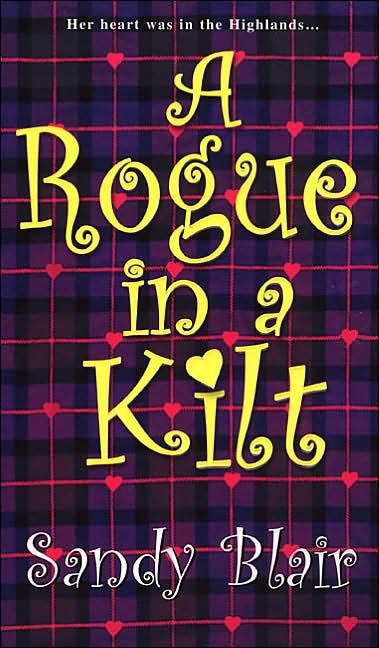

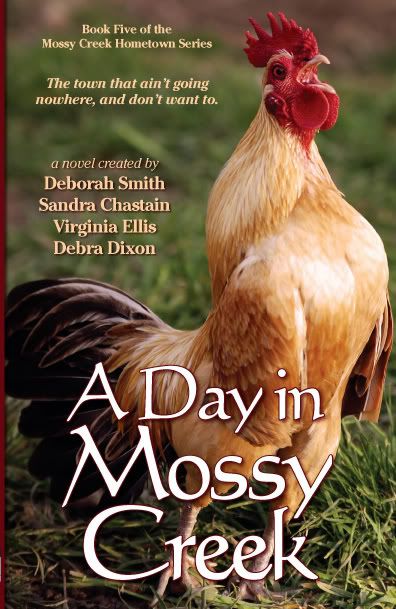

4 Comments:
Delle,
What great ways to use the animals in your stories to add another layer of richness!
I love animals, although we're petless at the moment. However, "Wolf", the dog in When Danger Calls, makes up for it. He was a lot of fun to write, and he's one of the heroes of the book (although we never go into his POV!)
In Finding Sarah, the heroes two cats are pivotal to the plot as well, so of course they're back in the sequel, Hidden Fire.
Why, oh why can't I forget about work and just read the day away? :-) Animals add a completely different aspect, as Mo said, and as in your LADY WICKED reveal things you might not know any other way.
Thanks, Mo- I agree, they add another layer of texture-
And as you say, Judy, they can reveal things not said in other ways. I think they can be a form of sub-text in stories- the statement beneath the statement.
I like your "Wolf" as a hero, Terry. And I'm critiquing a story right now that uses a cat as an integral part of the plot- it's the cat who reveals the hidden secret.
Post a Comment
<< Home
Subscribe to Post Comments [Atom]